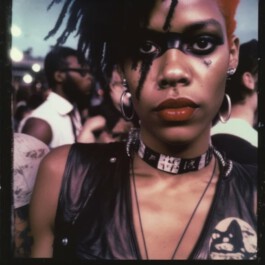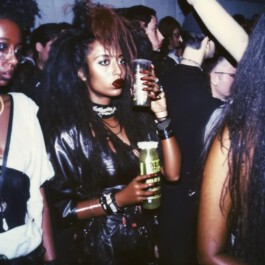DEEPFAKES
21 Dec 2022

You have played around with ChatGPT, you have generated images via DALL-E, you have swapped faces with various apps, you have seen a fake Tom Cruise on TikTok and you have turned blogs into videos using Lumen5. Well, we haven’t seen the worst of fake news, writes Matteo Wong for The Atlantic. The headline might sound alarmist. But it is not. By the way: I borrowed the great art work from Erik Carter.

Wong links to a paper by Eric Horvitz that starts with a sentence that in all of its academic dryness names the problem: Over a five-year period, computing methods for generating high-fidelity, fictional depictions of people and events moved from exotic demonstrations by computer science research teams into ongoing use as a tool of disinformation.
"We find that people are more likely to feel uncertain than to be misled by deepfakes, but this resulting uncertainty, in turn, reduces trust in news on social media", conclude Cristian Vaccari and Andrew Chadwick in another cited paper. Janet Haven, executive director of Data & Society echoes this in her NiemanLab predicition: We will see ChatGPT and tools like it used in adversarial ways that are intended to undermine trust in information environments, pushing people away from public discourse to increasingly homogenous communities.”

And indeed it is not about polished high-class deepfakes only but about an unclear scenario described as information disorder, where computational propaganda utilizes use "the evolving TikTokification of media production, focused on remix, playful editing, and integrated AI effects" as described by Sam Gregory for NiemanLab – including cheapfakes and multimodal memes.
Or as the News Literacy Project puts it: Deepfakes tend to attract attention, but purveyors of misinformation also can create quick and convincing videographic fakes with simple manipulations of context, or by merely swapping out the audio.

I am currently investigating the spread of disinformation via audio memes on TikTok. That is why i found these findings interesting: "One popular form of misinformation in 2022 involved genuine video clips with unrelated pieces of audio added to them. Anti-Biden chants and jeers were added to videos of first lady Jill Biden at a football game, former President Barack Obama at a rally, and President Joe Biden during a visit to London for Queen Elizabeth II’s funeral. Digital software capable of impersonating celebrity voices was also used to spread misinformation, such as this doctored video of former President Donald Trump appearing to praise Ye, the artist formerly known as Kanye West, shortly after West showed support for Nazis, and this video of Elon Musk seeming to mock “crybaby liberals” shortly after taking over Twitter."
Little Update
Hi. It is end of May 23. But it feels like this post did not age well due to A LOT of stuff that has happened since December last year. I am just pointing to Joshua Habgood-Coote's article Deepfakes and the epistemic apocalypse. It is so interesting and good.

